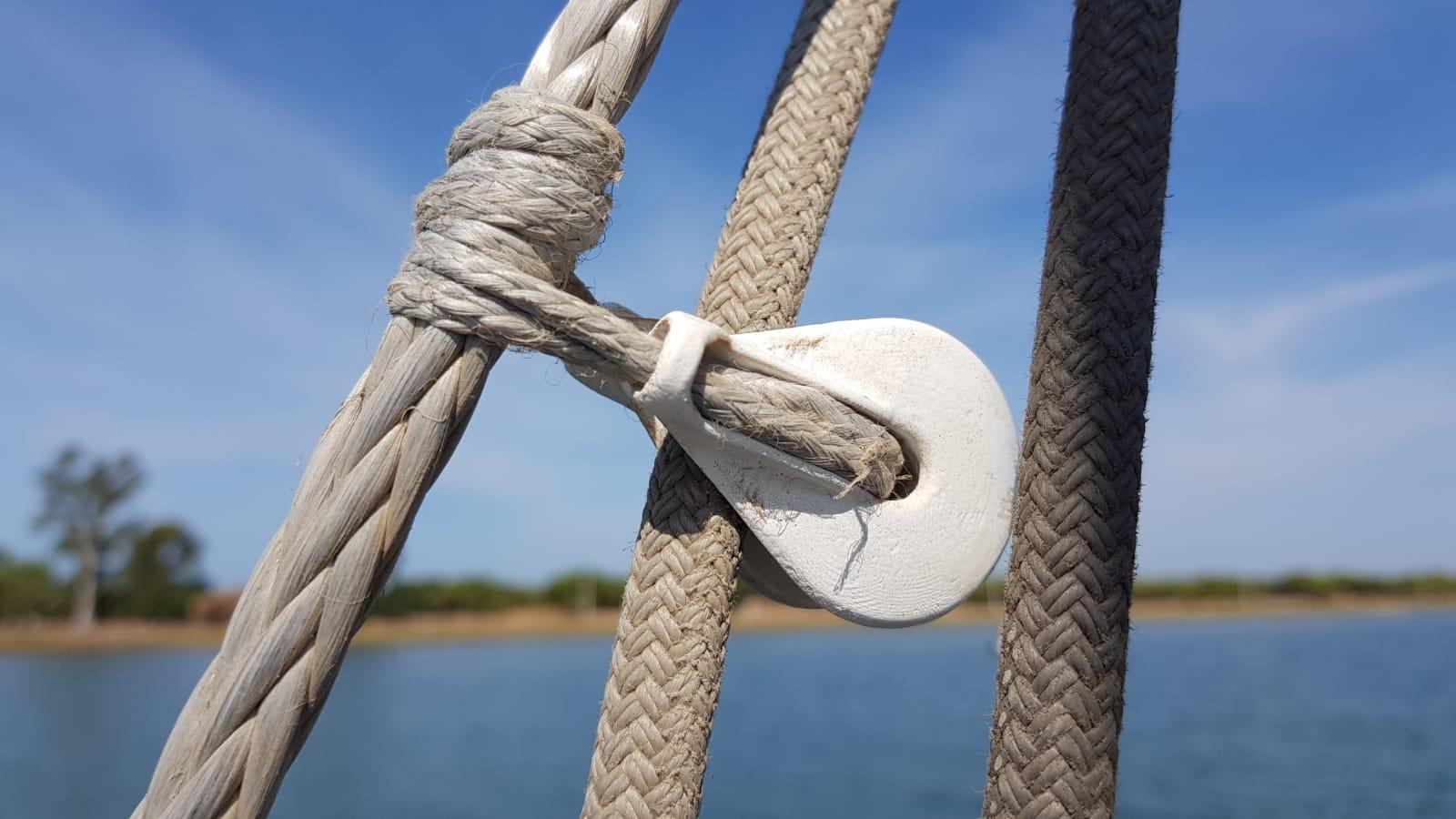Soft shackle ball bearing pulley - 2023 UPDATE
Design by https://www.printableconcrete.com/ - Photographs taken on site at https://www.budapest.homes/
This pulley was designed for low to medium operational loads, but will hold the rope up to the breaking strength of the soft shackle that was used in the assembly. Use 3mm dyneema lines for the soft shackle, and rope up to 6mm in diameter for the running line. The pulley has been tested up to 100kgf under the sun for 3 days. No deformation was observed.
Printing
Use carbon fiber reinforced PLA for the inner rings as well as for the pulley wheel. The more stiff the material is, the more even the loading on the BB soft gun balls will be. Use regular Pla or PLA+ for the side plates for more flexibility during side-loading and rope vibration. White would be the best choice as it is the color that heats up the less under the sun. PLA is compatible with most glues, so methacrylate glue will adhere well to the parts during assembly. Use 100% infill for the inner rings and the pulley wheel. Use 50-100% infill for the side plate.
Assembly
The side plates have a sacrificial layer that has to be cut out. This layer allows printing without supports and thus saves filament. Lay the pulley wheel and the right inner ring flat. Introduce 10 pieces of 6mm BB soft gun balls while lifting the pulley. Add 10 more balls to complete the second row. Apply some methacrylate glue (superglue) to the joining surface of the left tinner ring, and press the two rings together. At last, glue the two sides panels. Insert the soft shackle and enjoy.
Dive into 3D printed floating houses, investigate the price of 3D printing, and learn how 3D concrete works. Expand your knowledge with additional readings.





